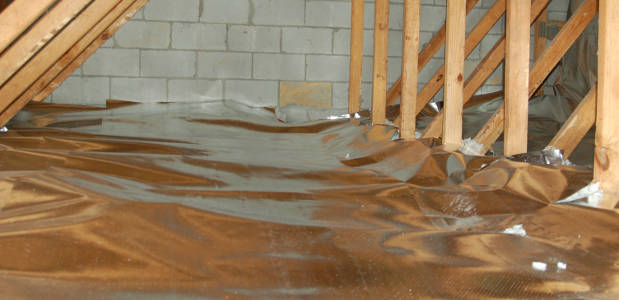
The number of insulation options out there these days can be overwhelming. When shopping around, you will hear about materials such as fiberglass, polystyrene, and loose fill. Foil insulation is a layer that can be used in combination with any of these options, or on its own to help cut heating and cooling costs for your home.
What is Foil Insulation?
Foil insulation is a thin blanket made up of one or more layers of aluminum and plastic substrate, which reflects heat rather than merely slowing it down or resisting it as other insulations do. It is most commonly applied to a roof or attic, where it can effectively reflect the sun’s heat before that heat can infiltrate the home.
How Effective is it?
If installed properly, manufacturers estimate that foil insulation reflects up to 97 percent of radiant heat, which can cut your heating and cooling bills by up to 25 percent, according to studies. In the summer, foil insulation installed in the attic will keep the sun’s warmth from permeating into your living space, saving you money on your cooling and air conditioning bills.
Although its benefits are most apparent in the summer, foil insulation will also help in the winter by keeping heat from radiating out into the atmosphere, which will mean lower heating costs for you. This benefit is even more lucrative when you take into consideration any tax benefits that may be available.
Installation of Foil Insulation
When installing foil insulation, there are a few important considerations. The first is location. Research indicates that foil insulation works best when it is placed near the heat source. This means that stapling it to the inside of the roof trusses or rafters is the best way to keep heat out in summer. It can also be used as a house wrap to stop heat from radiating outward through the walls, as well as beneath the floor, which is more important in winter applications.
Ready to start your Reflective Insulation?
Find ProsAnother consideration is moisture, which can affect the insulation’s performance. When installed in the attic, foil insulation should be perforated so that moisture cannot build up, causing condensation and even freezing in the winter.
The third consideration when installing foil insulation is getting a tight seal. When properly installed as a house wrap, foil insulation can act as a barrier against air transfer, drastically reducing drafting in your house.
Although it is possible to install foil insulation yourself, the above considerations make it advisable to contact a professional, in order to get the greatest, longest-lasting benefits from your foil insulation.
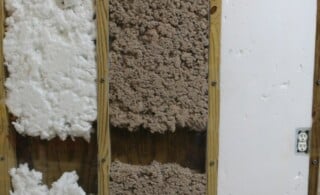 Fiberglass Insulation: A Simple Energy Saver
Fiberglass Insulation: A Simple Energy Saver 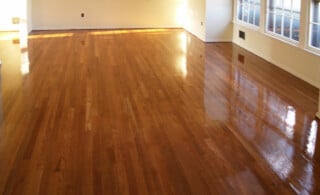 Insulating a Wood Floor
Insulating a Wood Floor 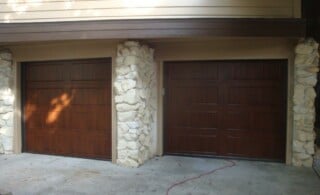 Protect Your Garage With Garage Door Insulation
Protect Your Garage With Garage Door Insulation 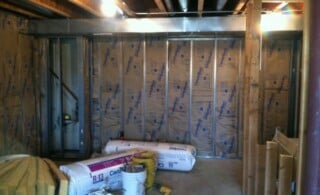 Cotton Insulation – Safe, Green & Effective
Cotton Insulation – Safe, Green & Effective 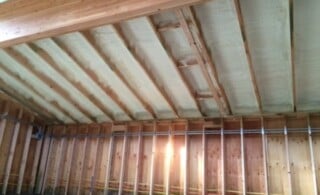 Sheet Foam
Sheet Foam 

Are You Familiar With This Topic? Share Your Experience.